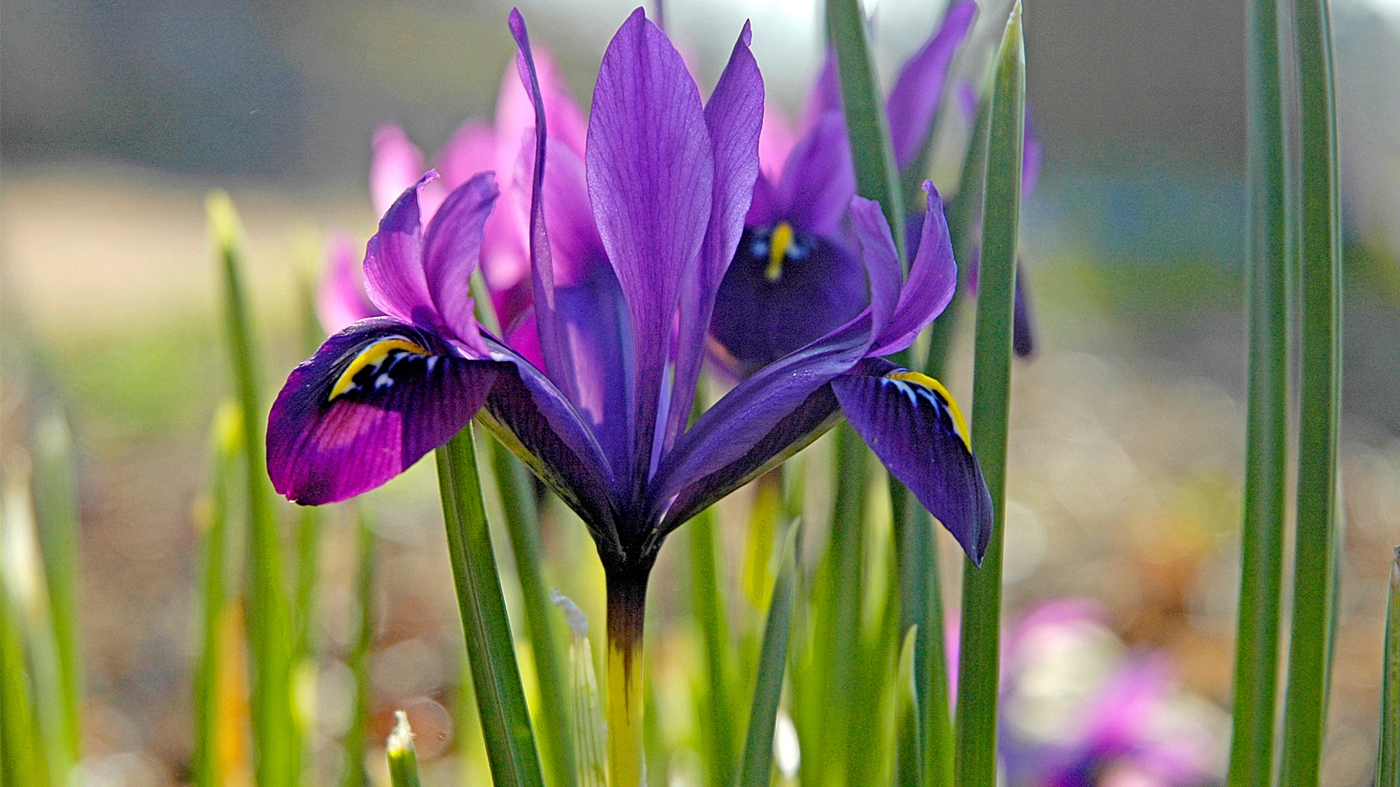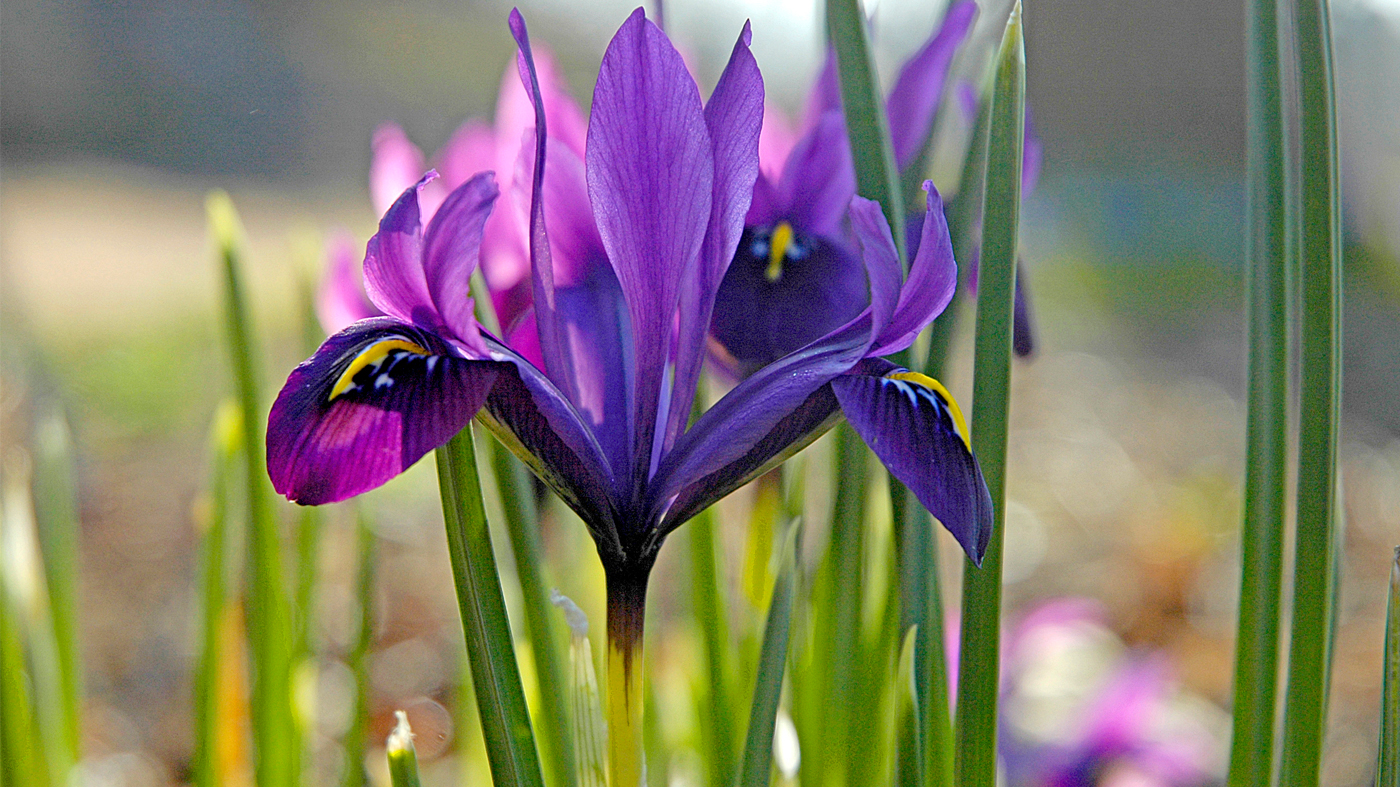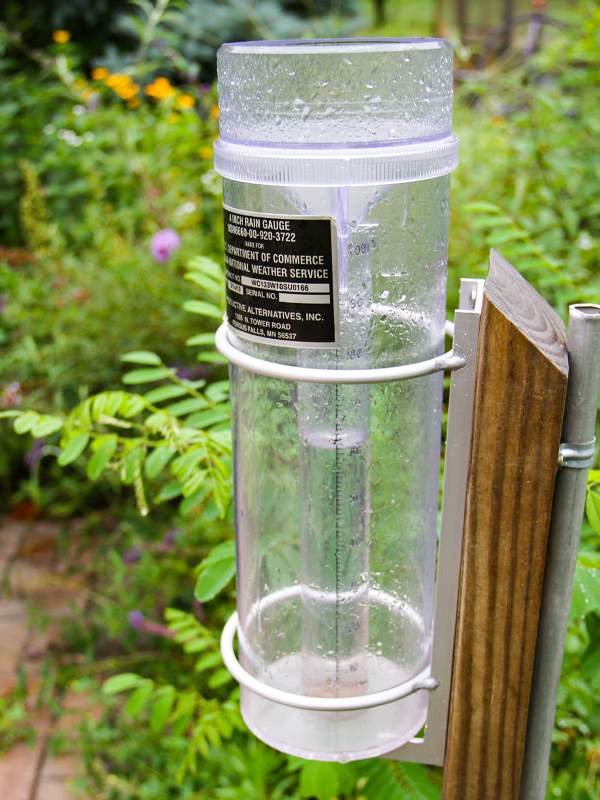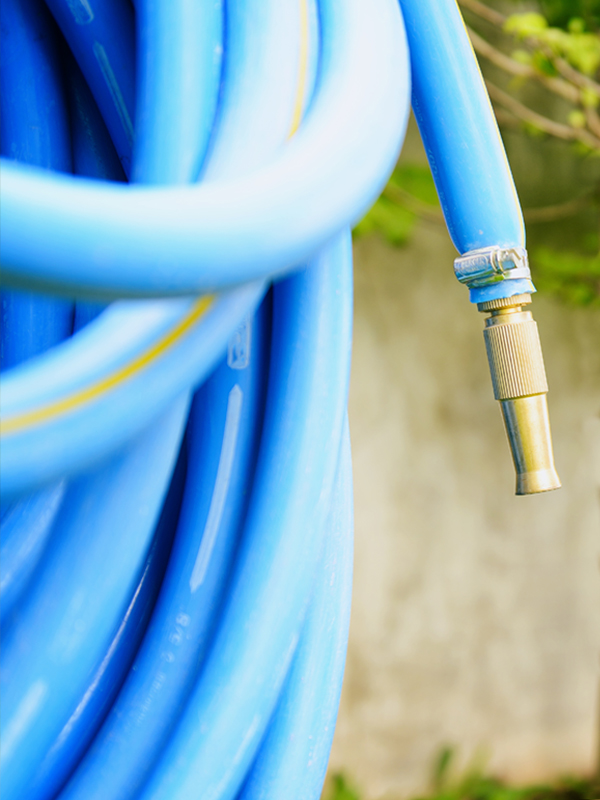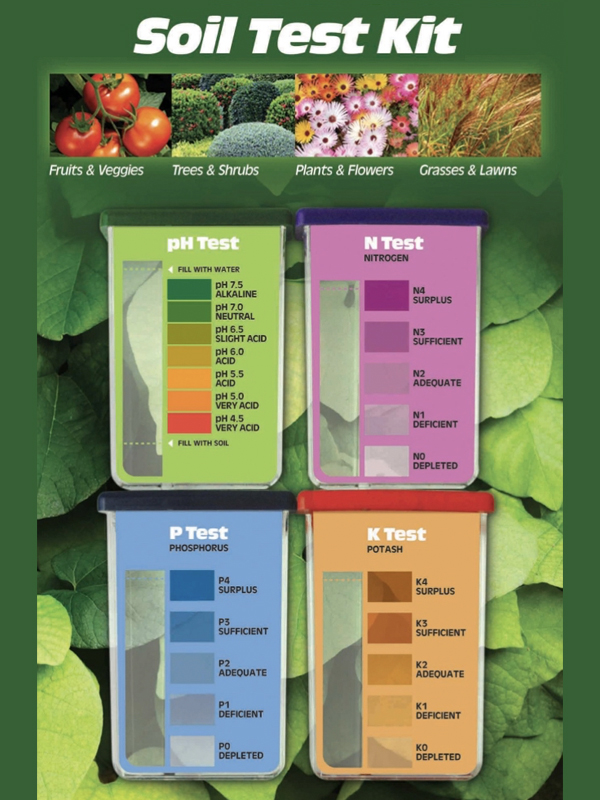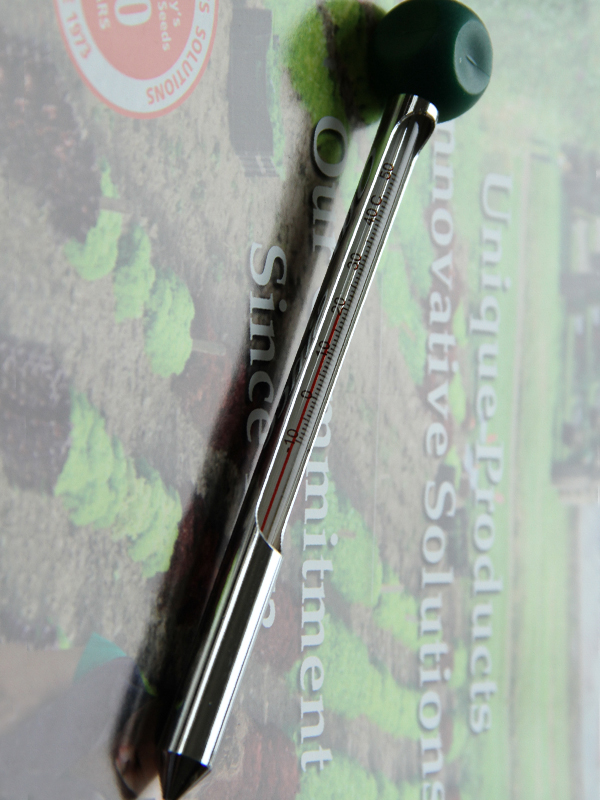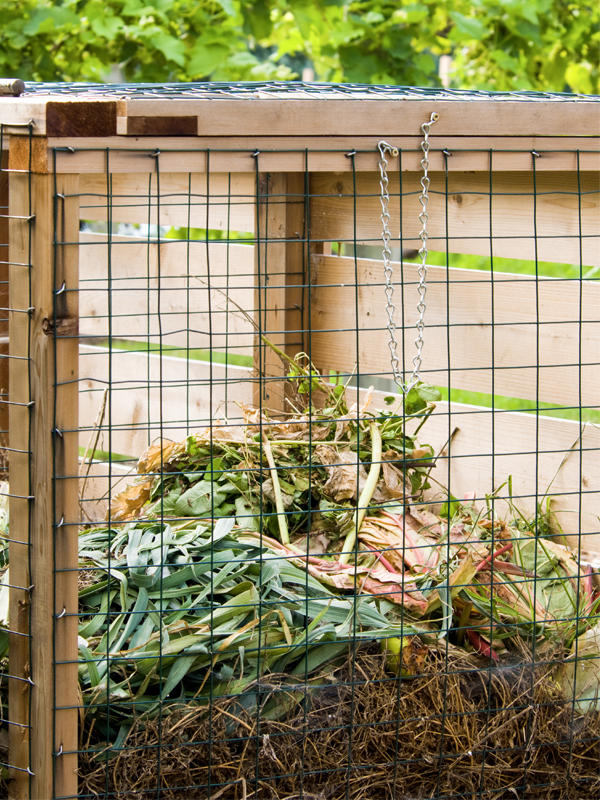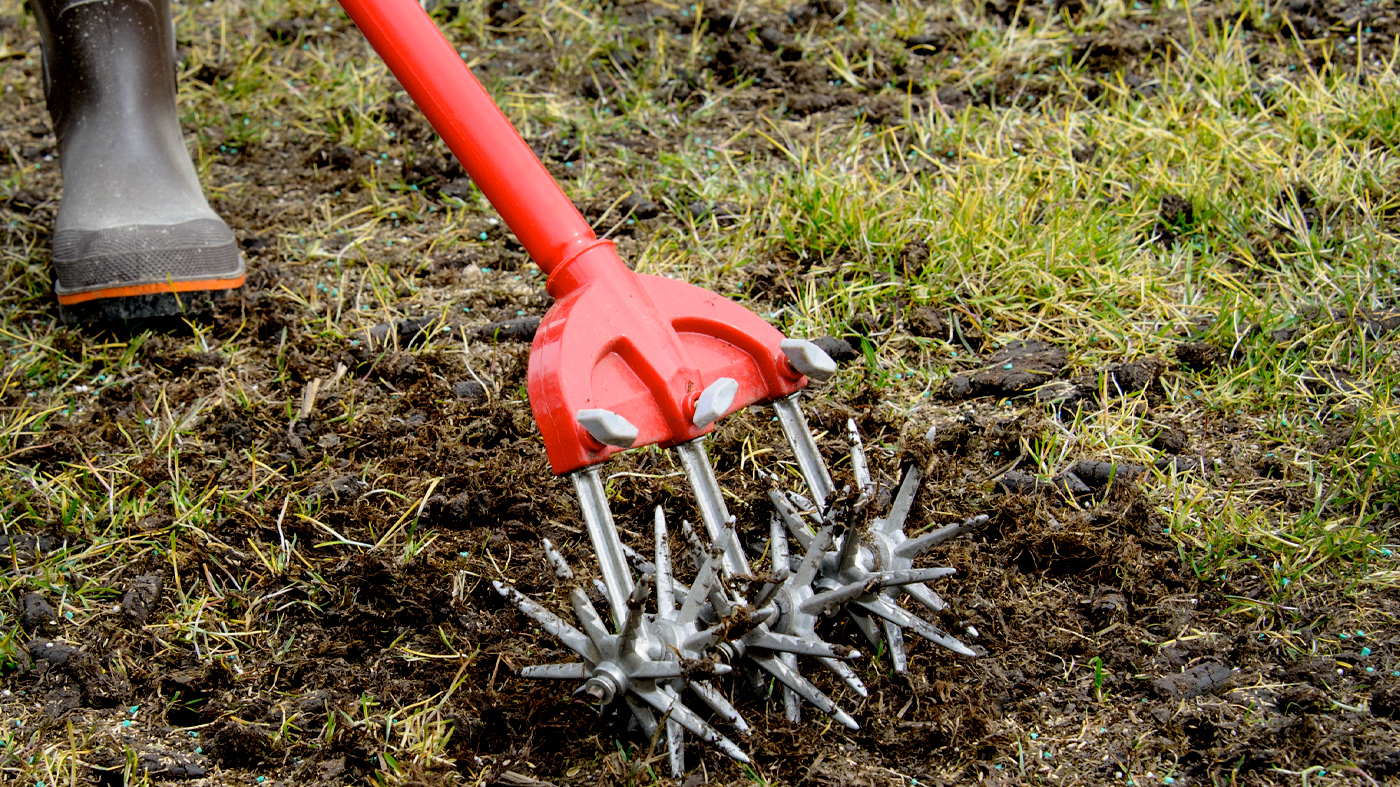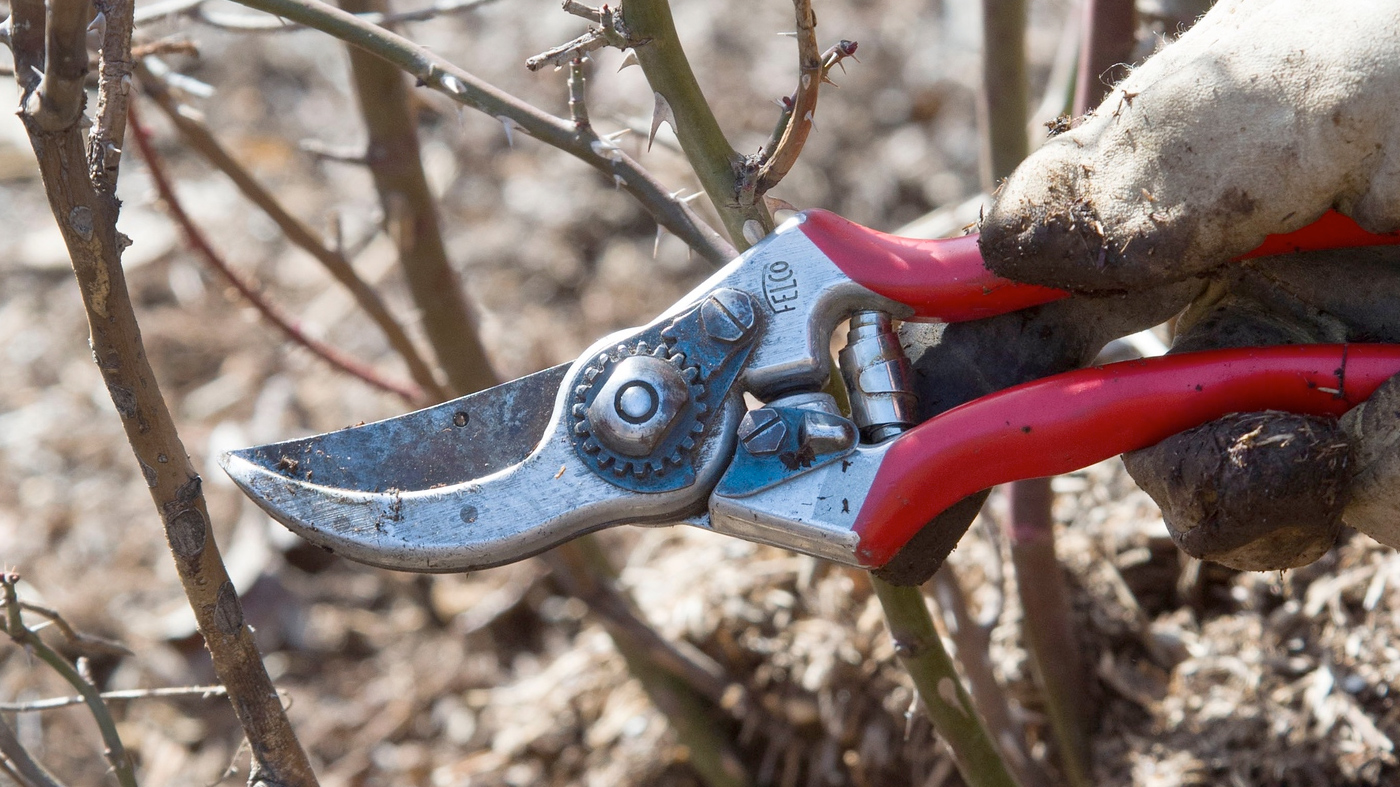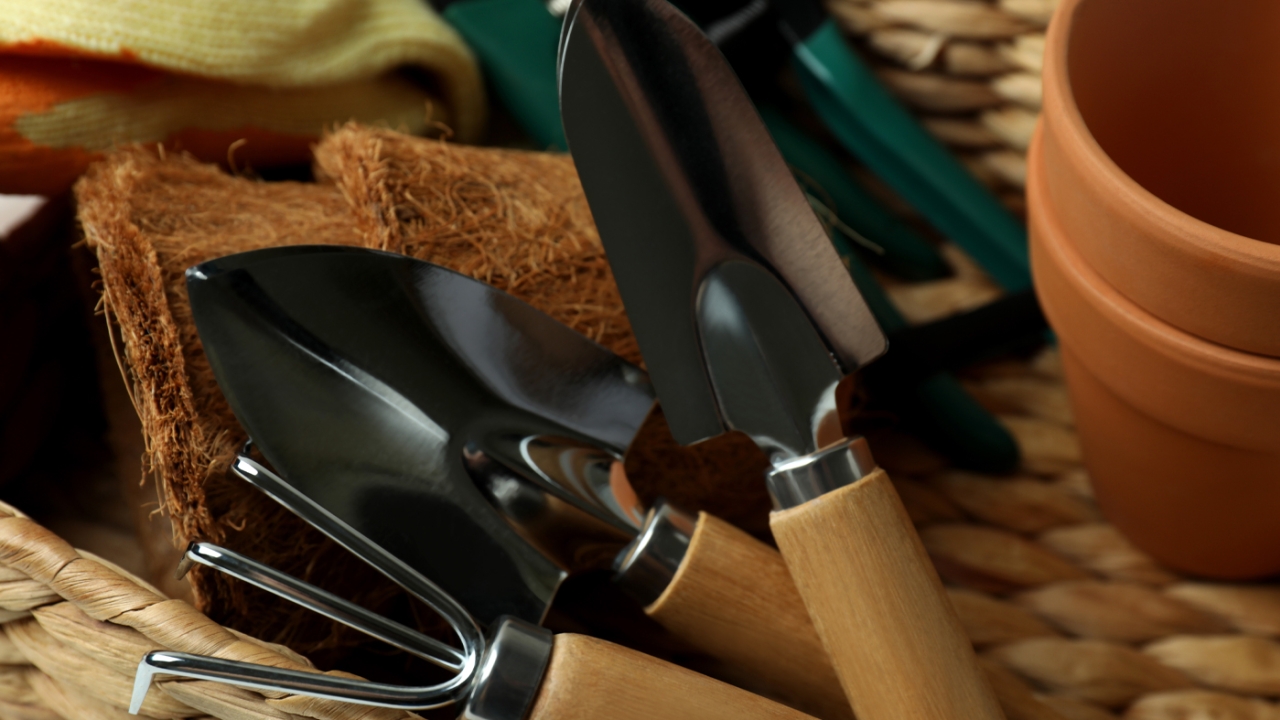

5 Essentials for Any Garden
As garden centers rev up their spring inventory of plants, tools, accessories and other goodies, it’s hard not to be tempted. Before you load up the cart, let’s look at five essential things that would benefit you and your garden. In the long run, these items are like a little insurance policy for your plants.
Nina Koziol is a garden writer and horticulturist who lives and gardens in Palos Park, Illinois.
